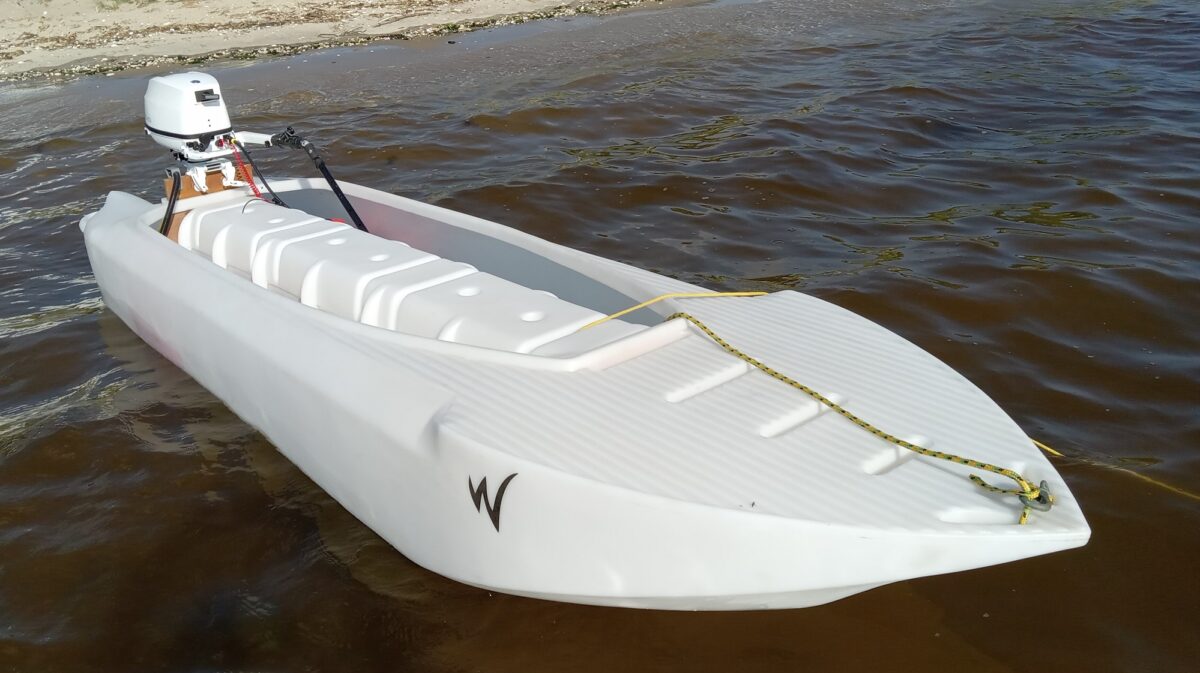When kayaks are concerned, tall people are more challenged than short and average height people, and so are heavy people. Tall and heavy people, a.k.a. “big” are particularly challenged, especially if they are elderly too.
What’s the problem?
Tall people-
Being tall means that your center of gravity (CG) is higher than that of a shorter person. This is especially true for men, whose center of gravity is higher than that of women. A high center of gravity can be a serious problem if you’re using a narrow and tippy kayak, and it can be a mere source of constant concern when you’re using a wider and stabler kayak. Being tall means that you won’t be able to paddle standing in most fishing kayaks out there, and you won’t be able to fish standing either. This is too bad, since paddling standing if fun, and it works better for sight fishing. As for fishing standing, it is a basic right of anyone who fishes from a boat, and a good fishing kayak should offer it to anyone – no ifs and buts.
Another problem that tall people experience when paddling common (sit-in and SOT) kayaks and fishing from them is discomfort, beacuse their legs are longer, and therefore their feet, which serve as forward points of contact with the kayak itself, have less leverage on the boat, due the longer distance from the person’s core and torso, where balancing takes place. In other words, a tall kayaker’s legs are required to work harder to maintain the seated posture, and to balance both the kayaker and their kayak. This continuous effort is unpleasant and often results in discomfort, back pain, and fatigue.
Heavy people –
Heavy people who sit in a regular kayak, be it a sit-in or a sit-on-top (SOT), experience discomfort from several factors: The first is the fact that when their legs are stretched forward, in front of them, their abdomen is compressed between their torso and their lap. This pressure is both unnatural and uncomfortable.
The second factor is their upper body that weighs on their buttocks and coccyx without their legs supporting any of this weight, as they otherwise would when the person is seated on a chair, or a bench. This problem occurs because the heavy kayaker’s legs are stretched in front of them, in the L posture that as become the hallmark of kayaking discomfort.
A compressed abdomen makes it harder to breath, and with a compressed behind and lower spine come an exacerbation of the typical kayaking back pain symptoms.
And let’s not forget that if a person is really heavy, they might be challenged when it comes to balancing their kayak.
Tall and heavy, i.e. “Big” people –
People who are big, that is both tall and heavy, aren’t that rare in the general U.S. population, but you’d hardly find them in kayaks, because kayaking and kayak fishing are too much of a challenge for them. An additional hardship that such people experience with kayaks is getting into the kayak and out of it. This is especially true with traditional sit-in designs, but it’s also true for SOT kayaks.
The old age factor
The above said is particularly problematic for tall, heavy and big people who are elderly. Being older often means that one’s sense of balance could be impaired, and older people are usually less supple and agile than younger folks are. On top of this, many elderly people suffer from various conditions involving back pain, joint pain, arthritis, and various disabilities and sensitivities that further prevent them from using regular kayaks, especially for fishing, which typically requires staying in the kayak for longer periods of time.
The kayak for tall, heavy, big and elderly people
Wavewalk’s new 700 series solves all the above problems. Kayaks from this series can easily accommodate very tall people, who comfortably ride the kayak’s 15″ high saddle, without being forced into the L posture. These people can stretch their legs anytime they feel like, stand up easily, as well as paddle and fish standing up. Going back to the seated position is not a problem either – It’s done intuitively and effortlessly.
Before the S4 came out, there was no kayak out there that was more stable than the W700, not even the world’s most stable kayak until today, the W500.
The W700 is so stable that a 200 lbs, 6′ tall middle-aged guy can stand with both feet in one of its hulls, and paddle on both sides of the kayak, as shown in this video:
But this absolute stability isn’t the only advantage that big and tall users get from this kayak: Both getting into the cockpit and out of it is a breeze, even for this 300 lbs, 6’3″ tall, 65 year old fisherman, who simply walks into this kayak, and immediately starts paddling standing in it:
Read the review contributed by this big and tall kayak angler »
More information about the kayak for big, tall and elderly people »
The Wavewalk S4 is the world’s most stable kayak, and like the other two Wavewalks, it is back pain free. This is why it’s most suitable for big and heavy people:
